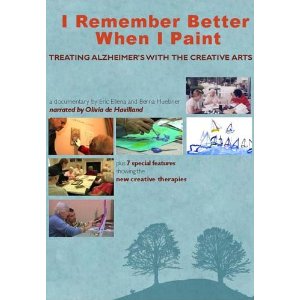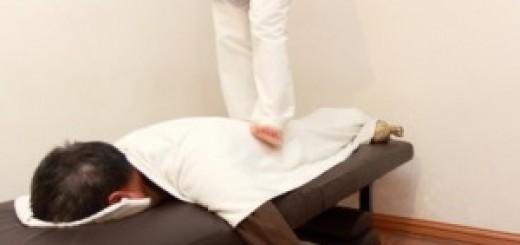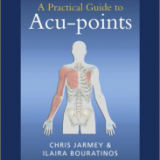Documentary Investigates Effects of Art Therapy on Patients of Alzheimer’s Disease
I Remember Better When I Paint: Treating Alzheimer’s through the Creative Arts (French Connection Films, Hilgos Foundation) is a documentary exploring the effects of art and creativity on individuals diagnosed with Alzheimer’s and their caregivers.
There has been positive results to the overall well-being of people with this form of dementia through involvement in various art exercises and creative workshops.
This documentary by Eric Elléna and Berna Huebner looks at how creative arts inspires imagination and communication in people with cognitive impairment, giving back to them a quality of life that is often assumed to be gone following the diagnosis of this disease.
About Alzheimer’s Disease
 Alzheimer’s disease is an incurable form of dementia most commonly diagnosed in people 65 years or older (however, there are early onset cases in people younger than this). While Alzheimer’s affects each person differently, there are common symptoms of this degenerative brain disease:
Alzheimer’s disease is an incurable form of dementia most commonly diagnosed in people 65 years or older (however, there are early onset cases in people younger than this). While Alzheimer’s affects each person differently, there are common symptoms of this degenerative brain disease:
- difficulty with recall
- confusion
- irritability and emotional outbursts
- language difficulties
- memory loss
The average life expectancy rate following diagnosis is 7 years. Treatment is most commonly pharmaceutical, and only eases symptoms and the disease’s progression.
Documentary Examines Art Therapy
Elléna and Huebner show in I Remember Better When I Paint how the disconnect that is assumed of Alzheimer’s patients can be reignited through engagement in creative activities. As the patients featured in the film participate in painting and drawing classes and visit museums, viewers can witness the healing of the patients’ emotional and spiritual health. The documentary features interviews with doctors who explain the various brain functions and how creativity can alter the pace of Alzheimer’s disease. Caregivers also share their first hand experiences with bringing imagination and quality of life back to their patients.
There is scientific evidence that shows the arts has an impact on the parts of the brain that can preserve its functioning and helps the intellect with continued development. By engaging in creative activities, new synapses are developed, which helps connect information together and even help new ideas to form. During the artistic process, the right and left brain are linked, giving the individual the opportunity to carry out new functions. Artistic expression has also been shown to significantly reduce the levels of stress within the mind and body.
Non-Pharmacological Approach to Dealing with Alzheimer’s
 I Remember Better When I Paint highlights seven features related to creative therapies:
I Remember Better When I Paint highlights seven features related to creative therapies:
- Recreating Social Bonds
- Organizing A Creative Workshop
- Organizing An Outing
- The Importance Of Physical Exercise
- The Memory Garden
- The Hearthstone Way
- Art & Care Until The Last Stages
The outcomes of art therapy are comparable to the results achieved using medication as a way of managing this disease, even on patients in the late-stages of progression. This creative alternative approach helps slow down the disease’s effects on the individual by stimulating the brain and opening up channels for reconnecting.
For anyone who knows someone with Alzheimer’s or provides care for Alzheimer’s patients, this documentary will provide comfort and reassurance. By highlighting practical approaches to disease management using interactive activities, Alzheimer’s patients can remain active and engaged in life. I Remember Better When I Paint reinstates hope for dealing with a disease often viewed as hopeless.
For more information, please click > I Remember Better When I Paint: Treating Alzheimer’s through the Creative Arts
Watch I Remember When I Paint Trailer
Learn how paintings interact with the brain of those with Alzheimer’s









“I Remember Better When I Paint” is an amazing film. It opened my eyes to a completely new way of looking at helping people with Alzheimer’s.